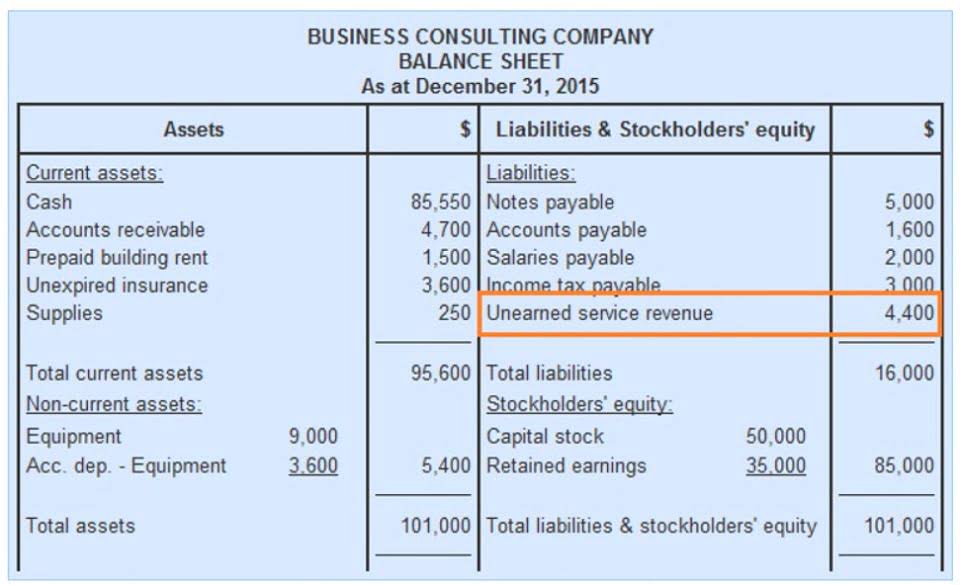- 07-16-2021

Retained earnings offer a glimpse into a company’s growth potential and financial discipline. Companies that consistently reinvest their profits often demonstrate a commitment to expansion and innovation. On the other hand, low or negative retained earnings might indicate financial difficulties or a history of high dividend payouts.

Understanding the Importance and Calculation of Stockholders’ Equity
Therefore, they may appear on the balance sheet at a small fraction of their fair market value. The book value of an entire corporation is the total of the stockholders’ equity section as shown on the balance sheet. In other words, the book value of a corporation is the balance sheet assets minus the liabilities. To illustrate this rule, let’s look at several transactions where treasury stock is sold for less than cost.
MANAGING YOUR MONEY
- Although it is not the scope of this article, there are many ways to forecast balance sheet items.
- The Statement of Changes in Equity provides a detailed account of the changes in a company’s equity over a reporting period.
- Treasury stock refers to shares that were issued and subsequently repurchased by the company.
- To incorporate, an application must be filed with and approved by one of the fifty states, and once approved, the corporation must comply with that state’s regulations.
- Key points include understanding the components of shareholder equity, how it is calculated, recorded, and analyzed, and the impact of various transactions and regulatory requirements on equity.
- Analyzing trends in net income over time reveals the growth trajectory and consistency of profits.
Founded in 1993, The Motley Fool is a financial services company dedicated to making the world smarter, happier, and richer. The Motley Fool reaches millions of people every month through our premium investing solutions, free guidance and market analysis on Fool.com, top-rated podcasts, and non-profit The Motley Fool Foundation. Successful investors look well beyond today’s stock price or this year’s price movement when they consider whether to buy or sell.

What is the meaning of shareholders equity?
Assessing the role of preferred shares provides critical insights for stock investors on the capital structure, ownership profile, and priority of payments. In terms of cash dividends, when a company issues these payments to its shareholders, it results in a corresponding reduction in its retained earnings. Consequently, when cash dividends are issued, this lowers the retained earnings, and thereby the stockholders’ equity.
This ratio compares a company’s market value, or its price, to its https://www.bookstime.com/ book value, or its stockholders equity. Hence, a company with a high P/B ratio could suggest that the stock market values the company’s future growth prospects very highly. Conversely, a low P/B ratio may indicate that the stock market has a less optimistic view about the company’s future growth prospects. Therefore, the precision in asset and liability accounting plays a vital role in understanding the company’s financial stance. It offers an accurate picture of the business’s net worth, serving as an indispensable tool for investors, creditors, and other stakeholders to make informed decisions. From an investor’s perspective, the level of retained earnings can provide insight into a company’s profitability over time, as well as the company’s financial management.
- State laws often require that a corporation is to record and report separately the par amount of issued shares from the amount received that was greater than the par amount.
- Retained earnings represent the cumulative net income of a corporation that has been retained rather than distributed to shareholders as dividends.
- The income statement is also referred to as the profit and loss statement, P&L, statement of income, and the statement of operations.
- So, this reduction in assets can decrease the overall SE on the balance sheet.
- The amount at which the holder of preferred stock or bonds must sell the stock or bonds back to the issuing corporation.
- Accurate reporting and analysis of equity are crucial for assessing a company’s financial health.
What does the statement of stockholders’ equity include?

The officers include the chief executive officer (CEO), the chief operations officer (COO), chief financial officer (CFO), vice presidents, recording transactions treasurer, secretary, and controller. Liabilities also include amounts received in advance for a future sale or for a future service to be performed. To see a more comprehensive example, we suggest an Internet search for publicly-traded corporation’s Form 10-K. Generally speaking, the par value of common stock is minimal and has no economic significance.
Capital Stock or “Share Capital”
The components of shareholder equity may include common stock, retained earnings, additional paid-in capital, treasury stock, accumulated other comprehensive income, and preferred stock. The specific components can vary based on the company’s accounting practices and financial structure. In public companies, shareholder equity is typically detailed on the balance sheet and includes components such as common stock, additional paid-in capital, retained earnings, and treasury stock. Each of these components plays a specific role in determining the total equity value.

What are the implications for investors and analysts?
Recall that the corporation’s cost to purchase those shares at an earlier date was $20 per share. The $20 per share times 30 shares equals the $600 that was credited above to Treasury Stock. This leaves a debit balance in the account Treasury Stock of $1,400 (70 shares at $20 each). If a share of stock has been issued and has not been reacquired by the corporation, it is said to be outstanding. If a company owes more than it owns, it could have trouble meeting its financial obligations.

Is shareholders’ equity an asset?
Essentially, it reflects the amount of capital that remains available to investors after accounting for all outstanding debts and obligations. As we delve deeper into this topic, let us first clarify that stockholders’ equity is synonymous with shareholder equity, owners’ equity, or net assets. Regulatory bodies, such as the Securities and Exchange Commission (SEC), mandate specific reporting standards to maintain consistency and comparability across different companies. This includes the presentation of equity components like common statement of stockholders equity stock, preferred stock, additional paid-in capital, and retained earnings. Proper disclosure allows for a clearer assessment of a company’s financial position and performance.
